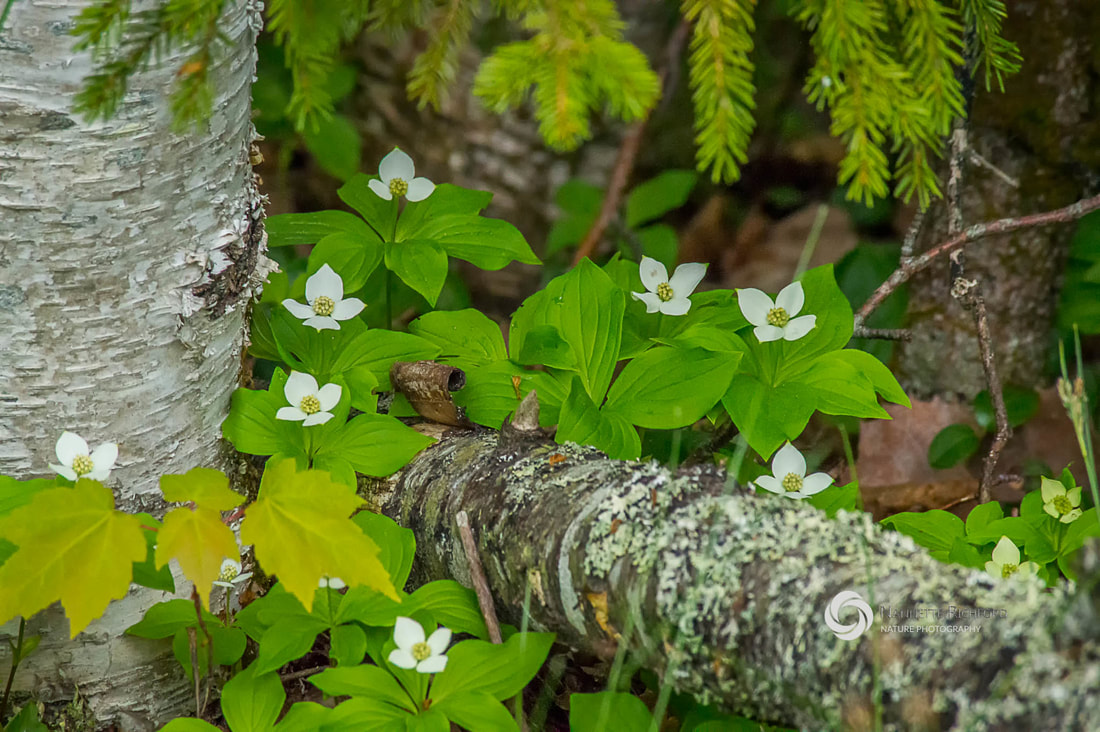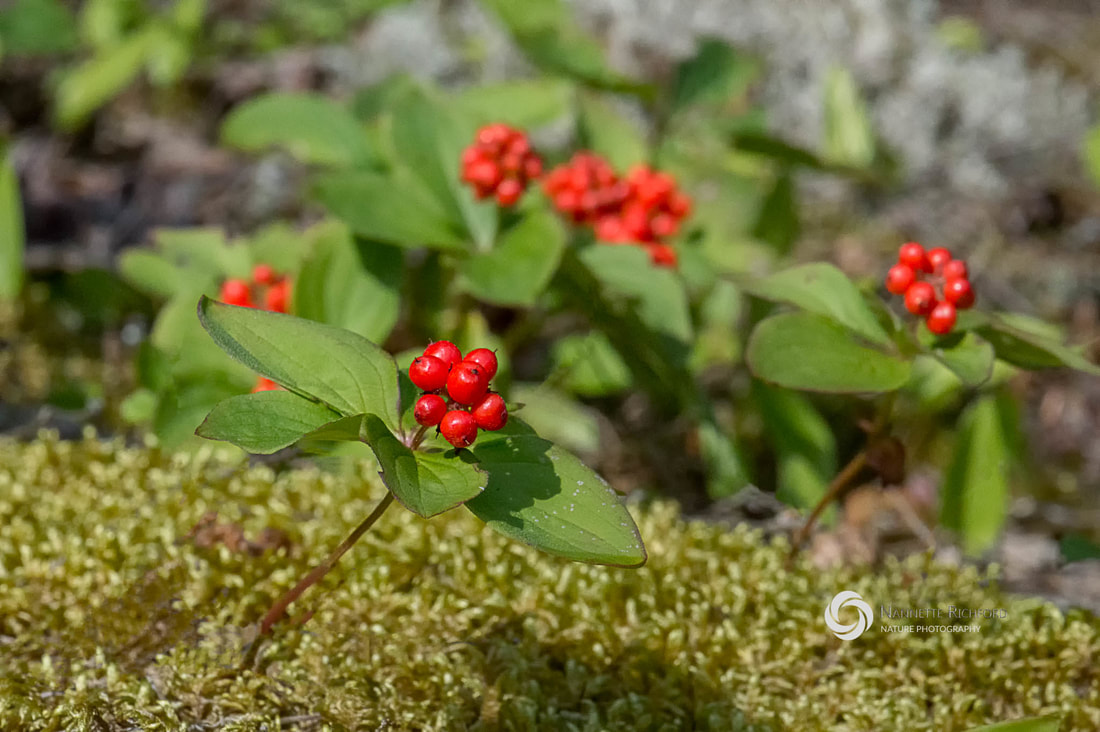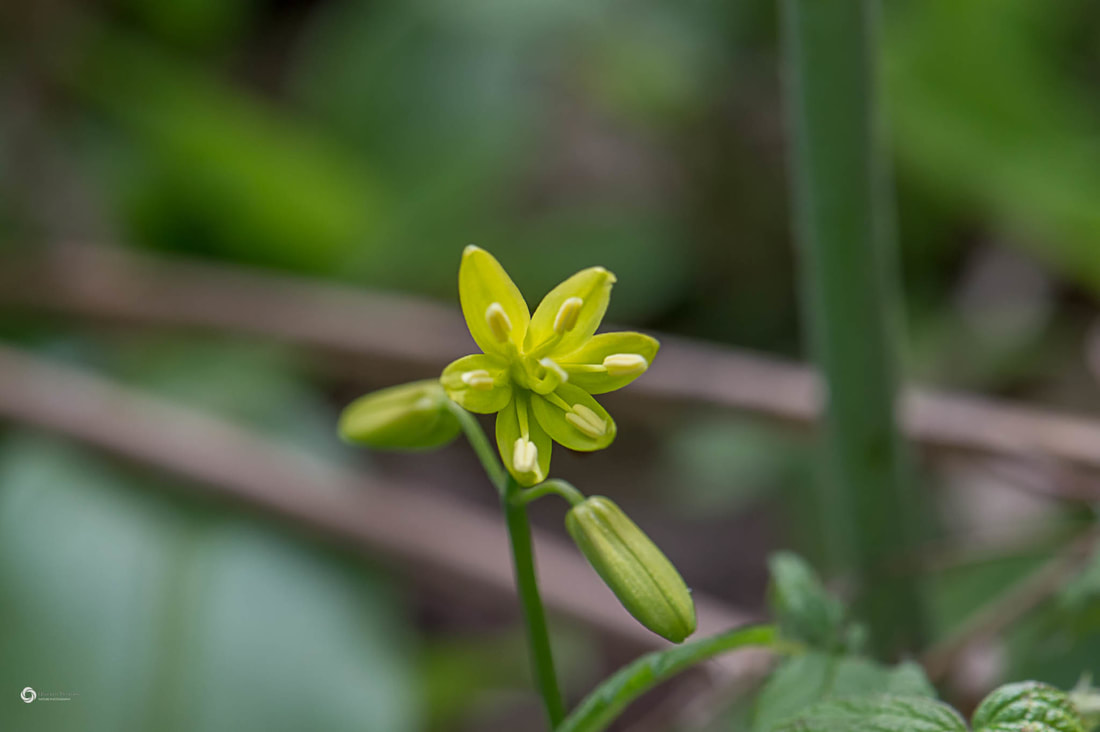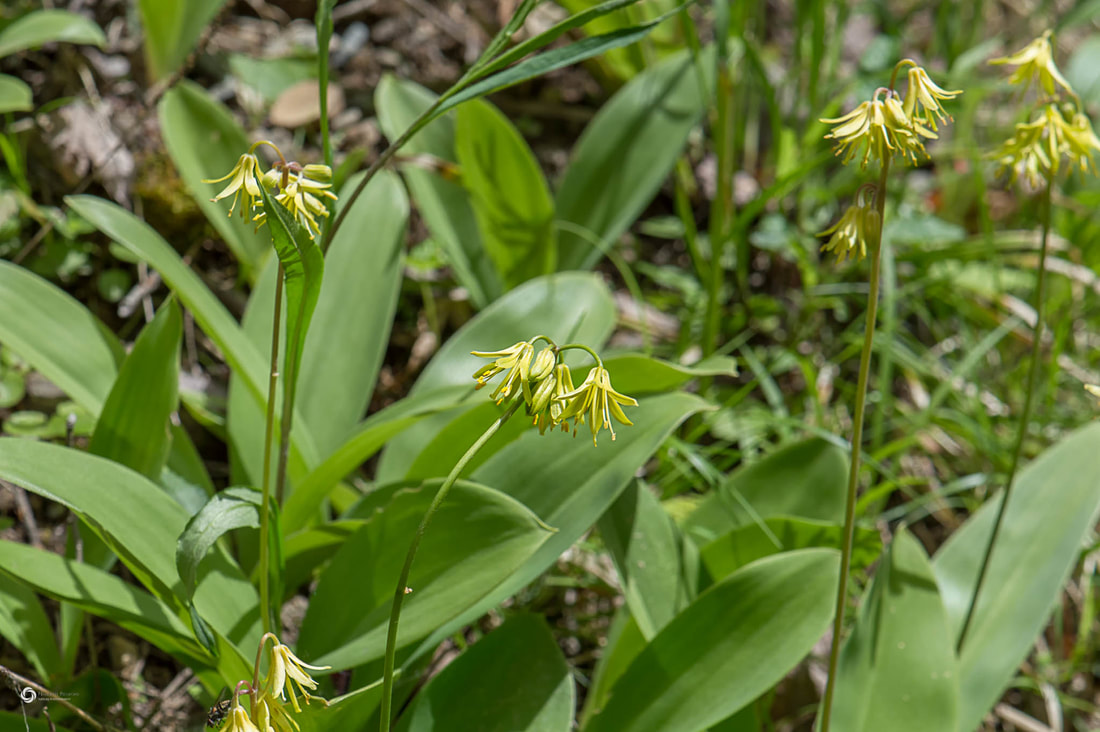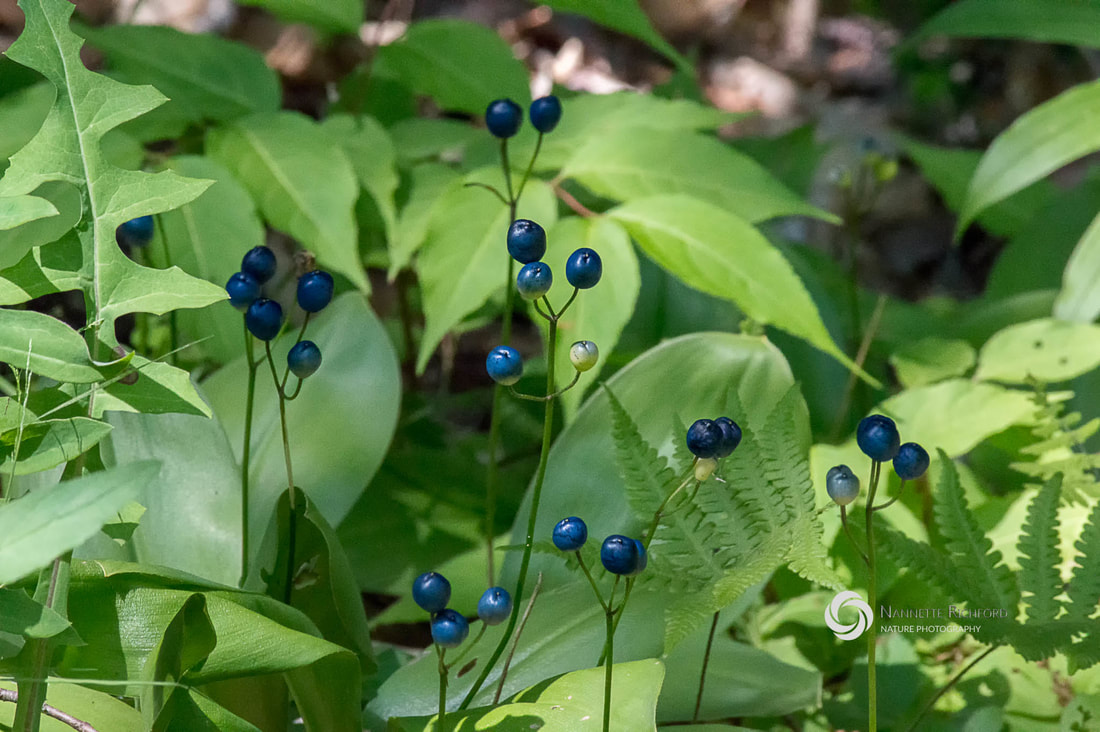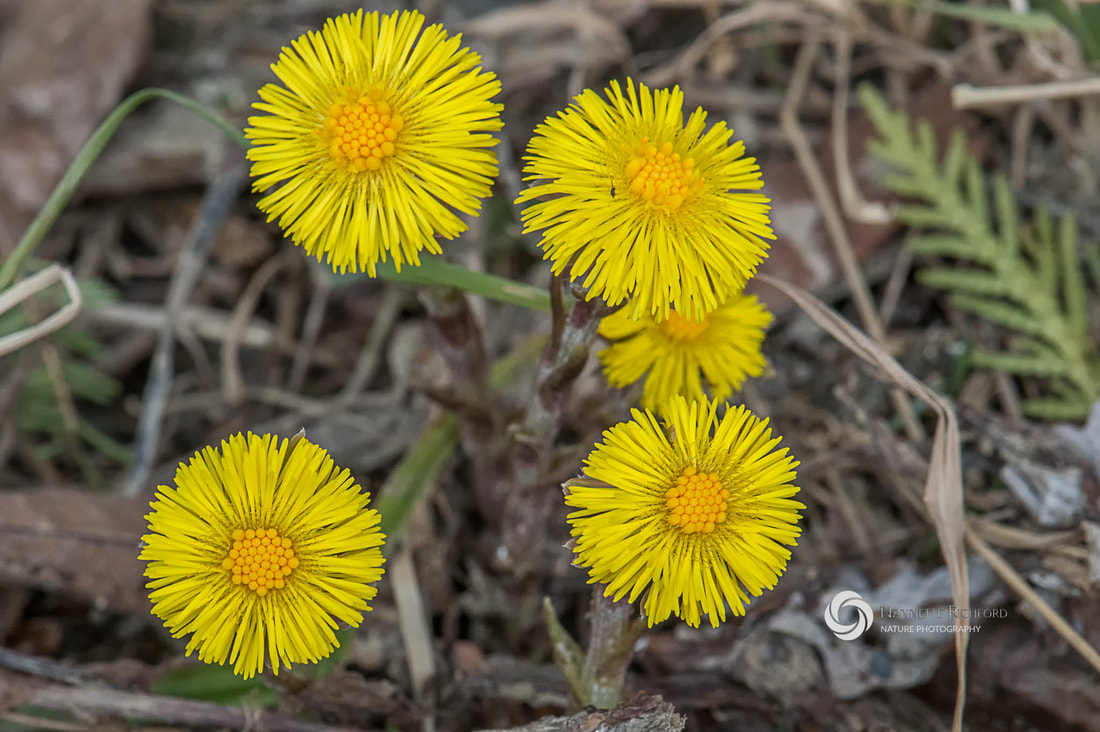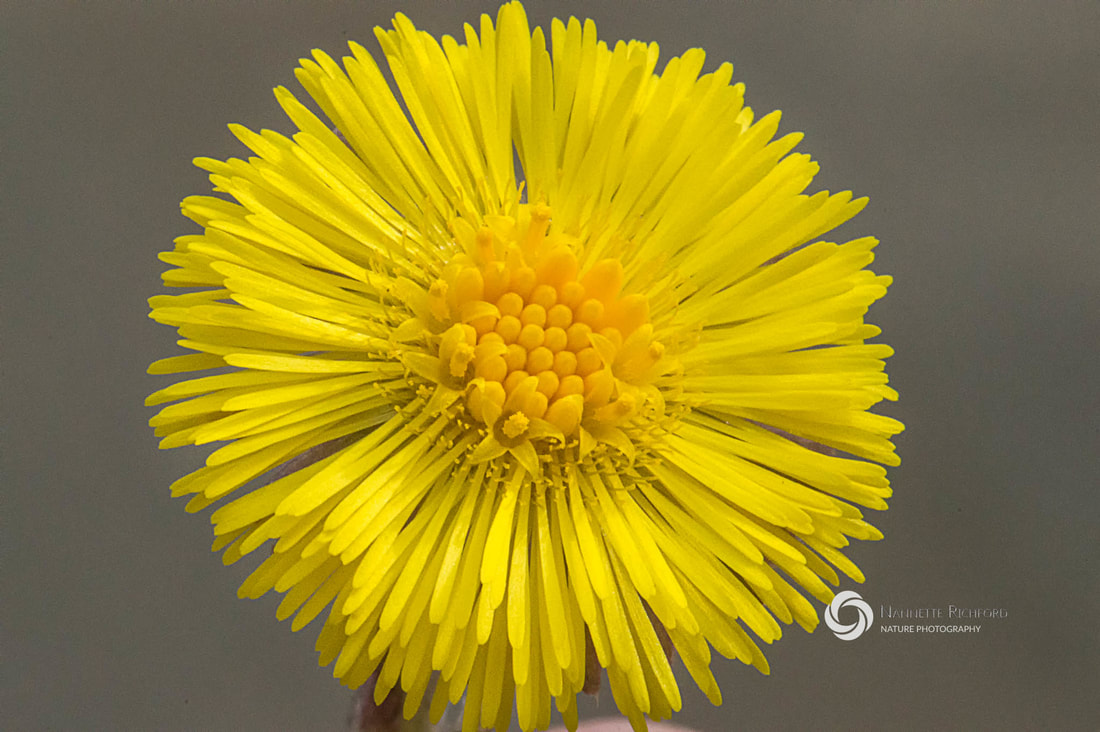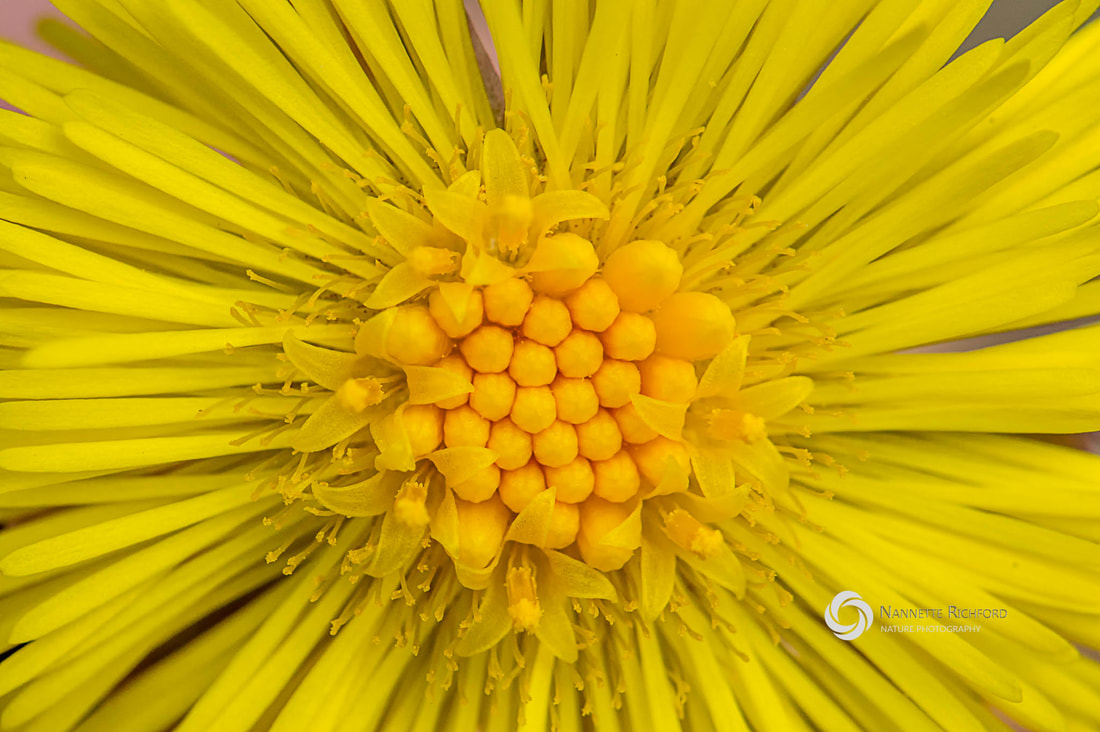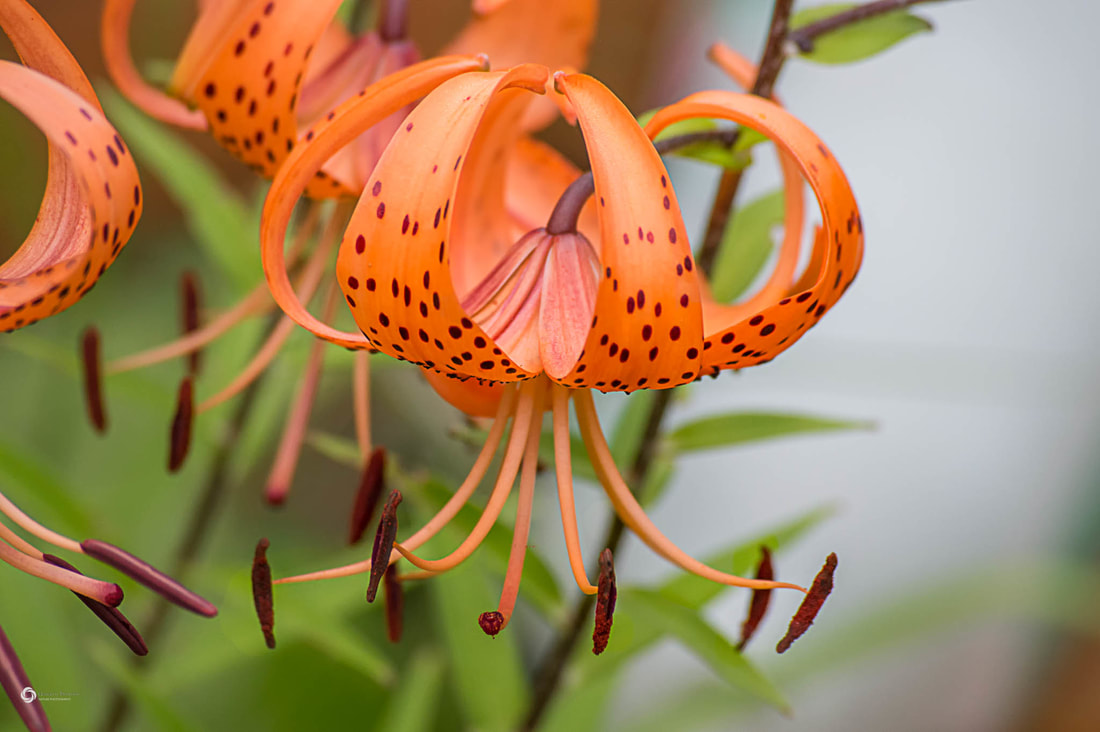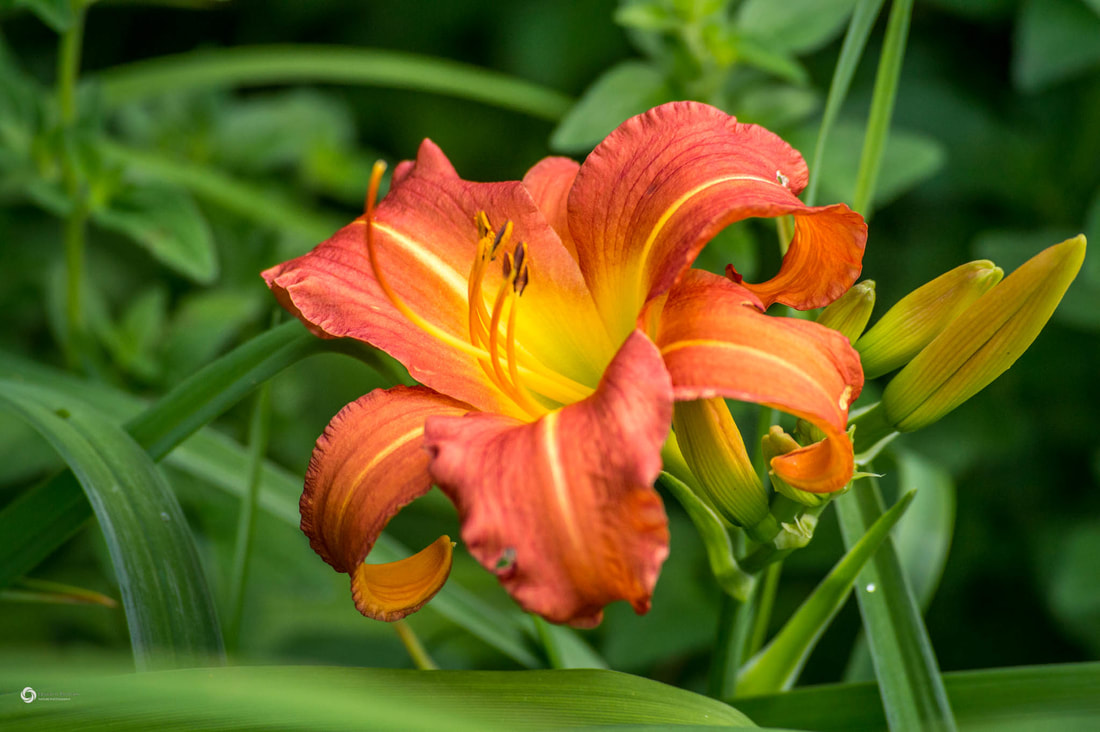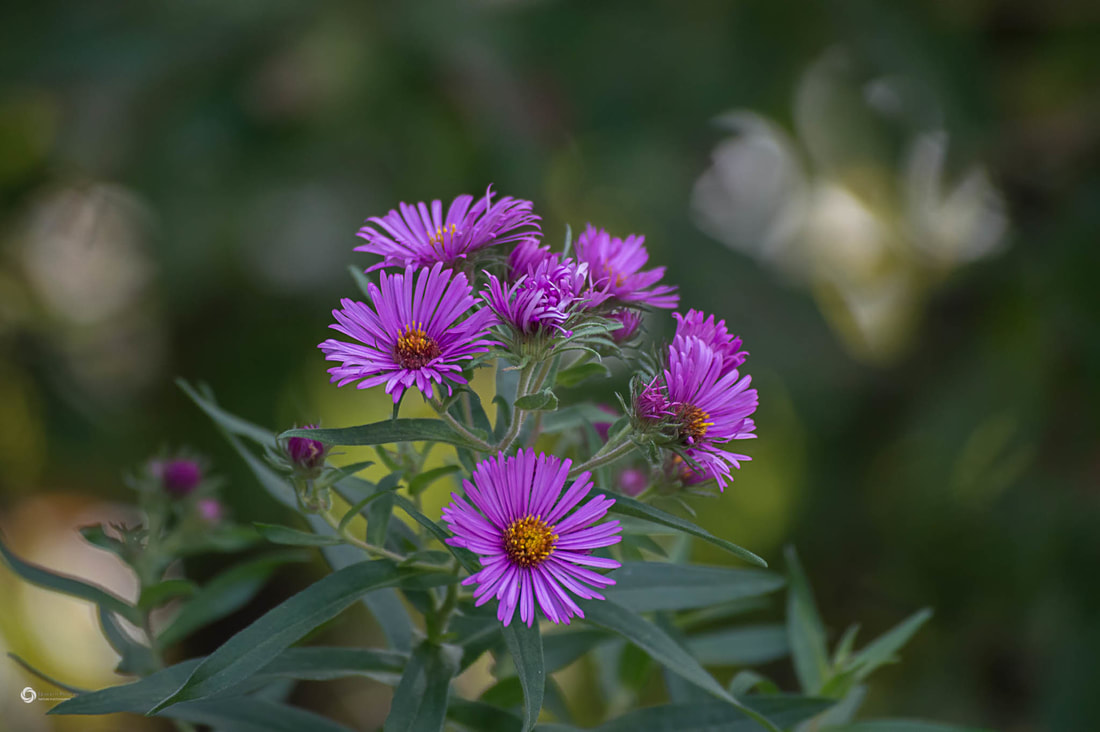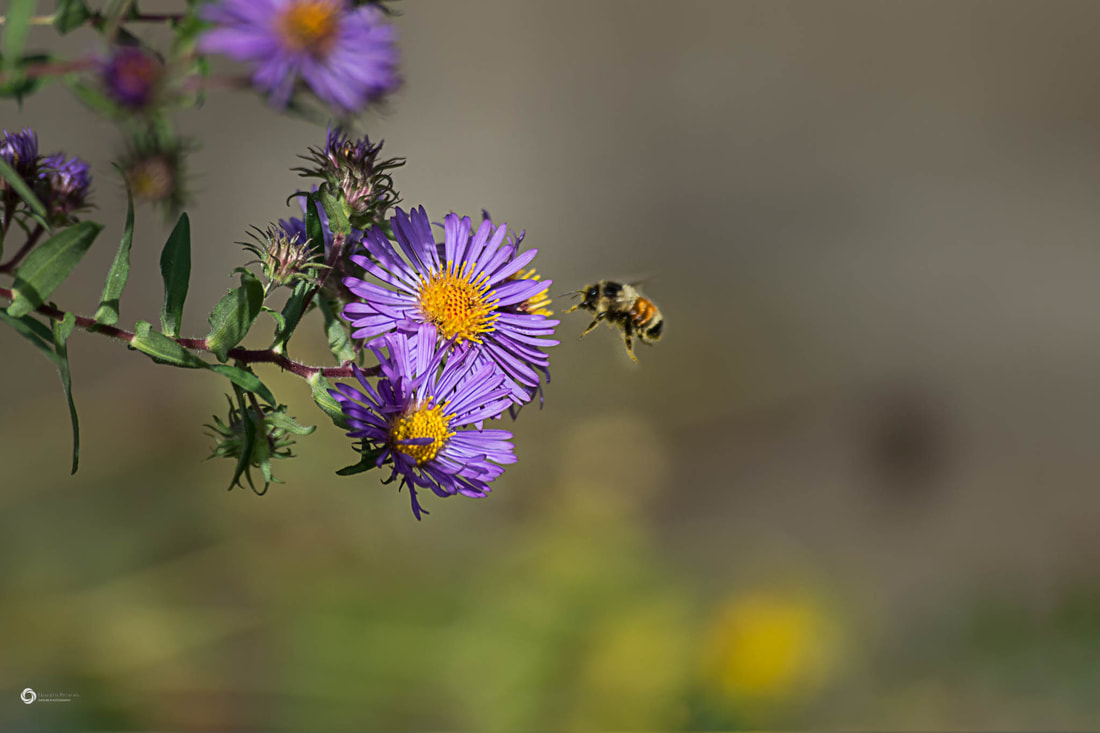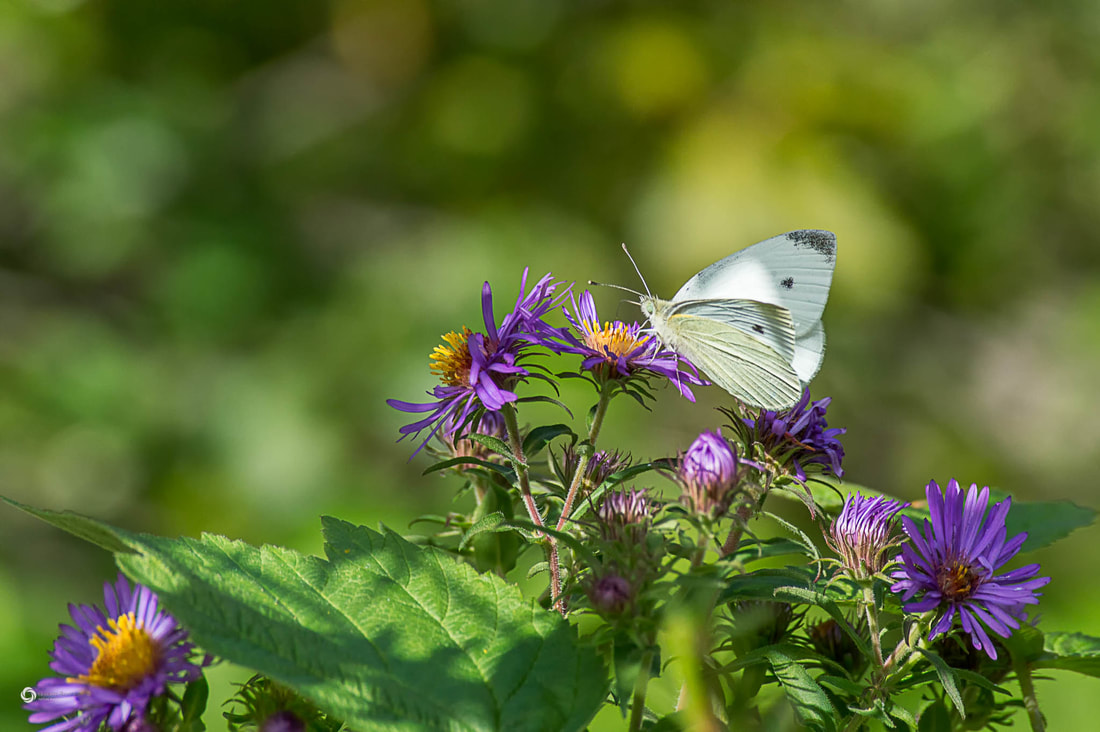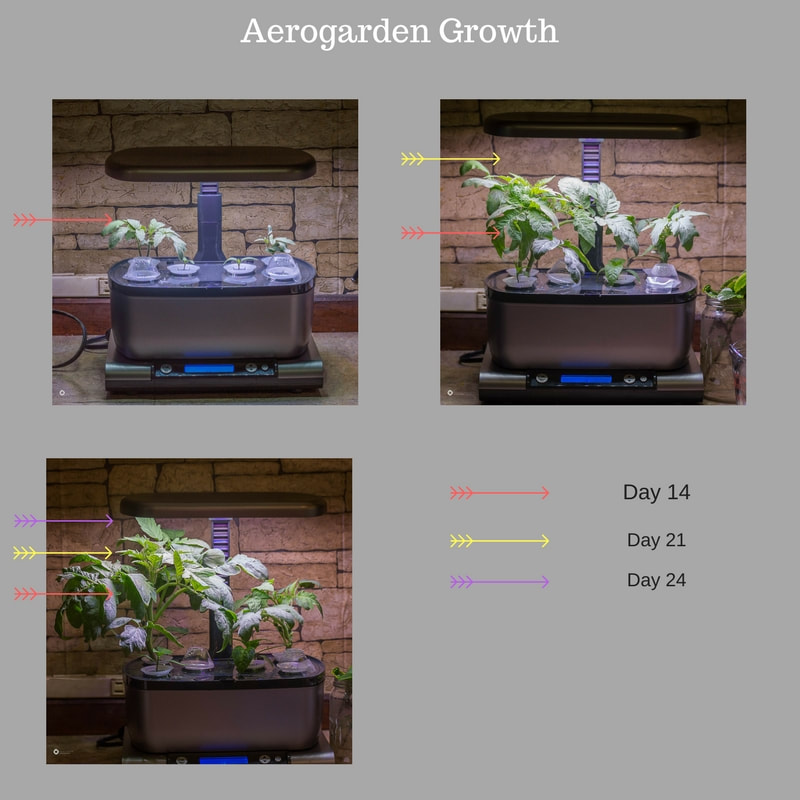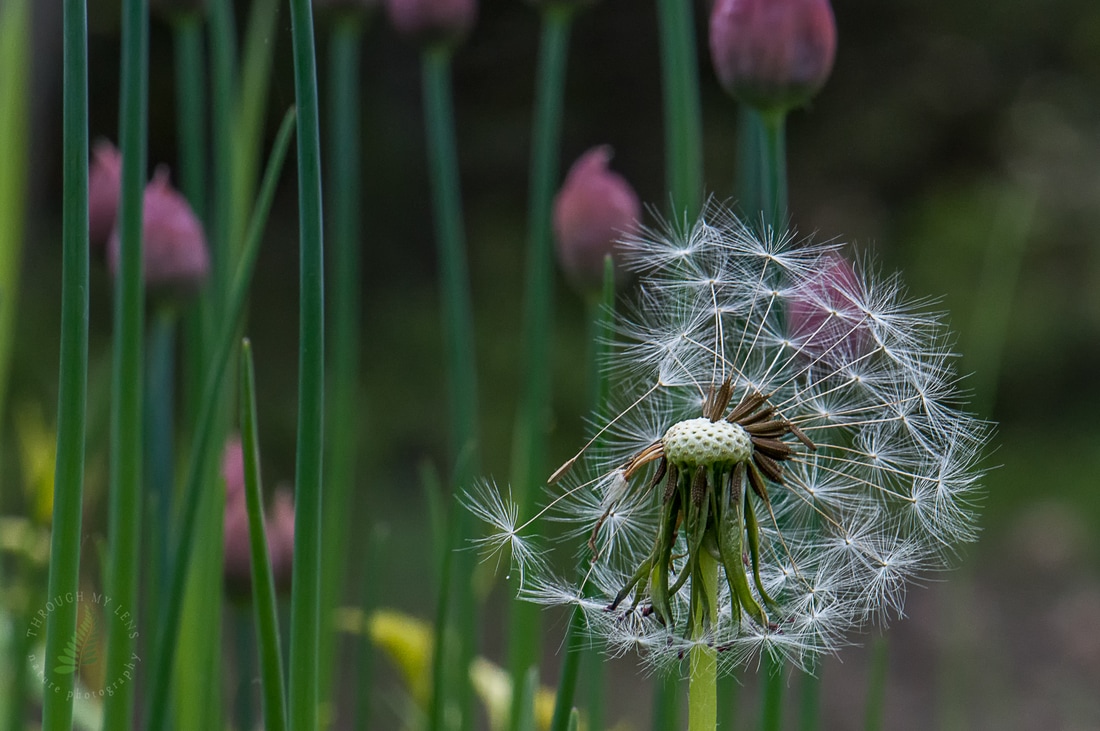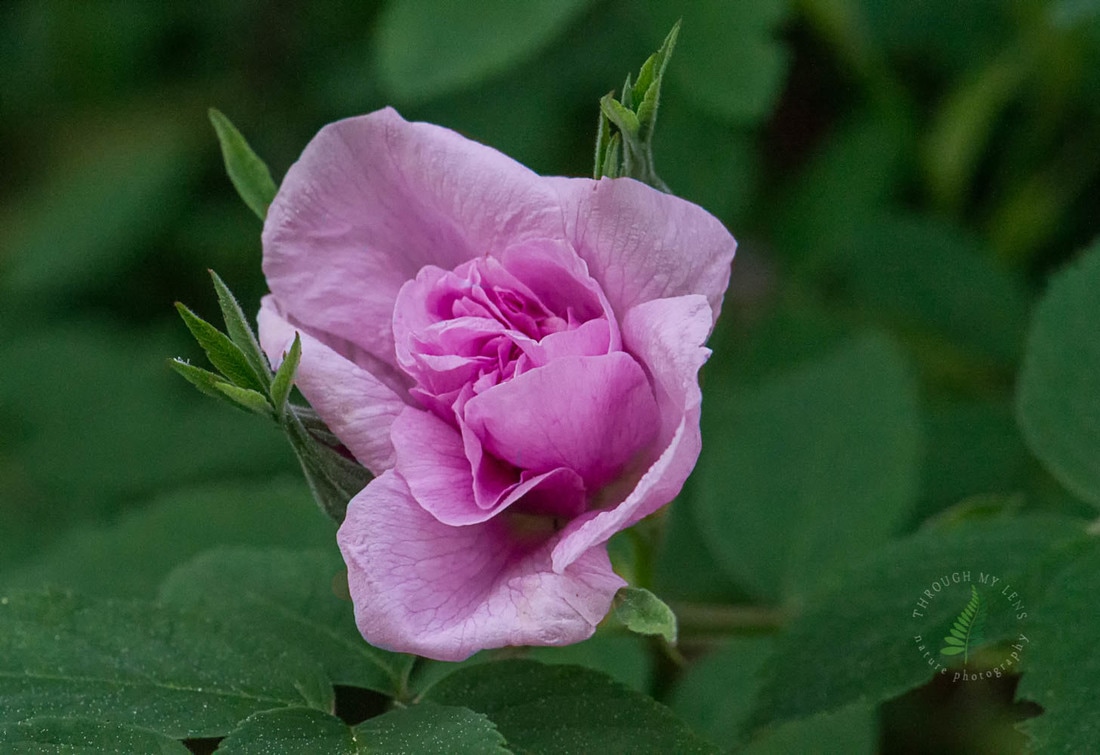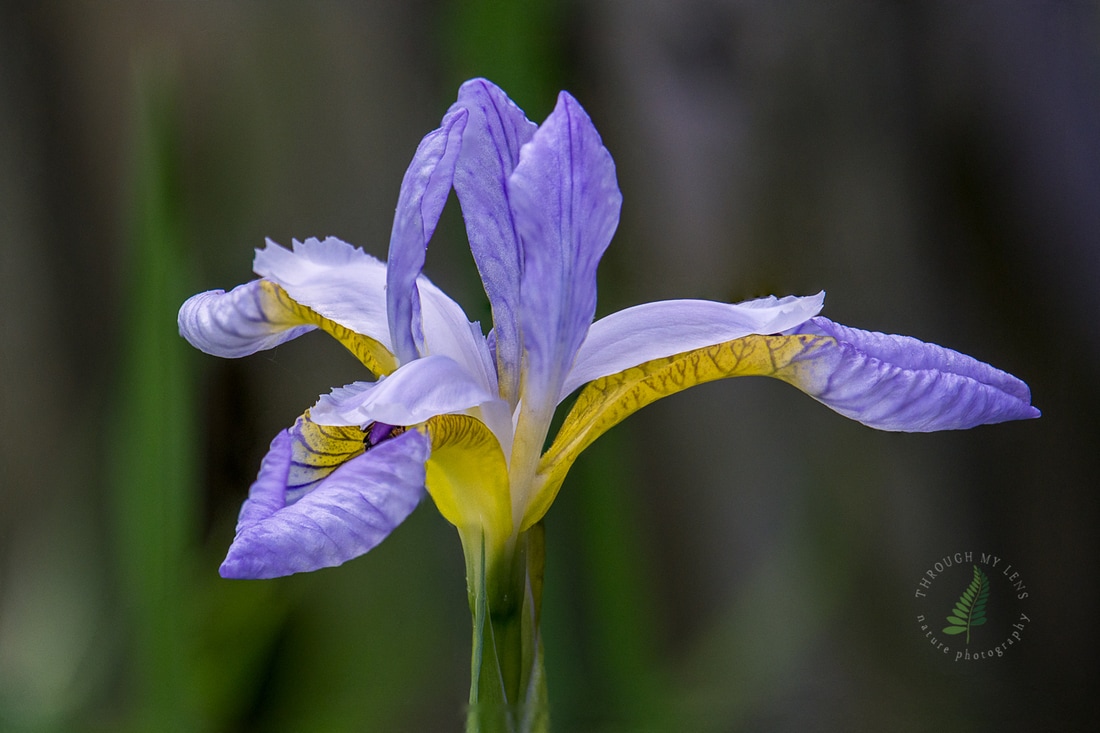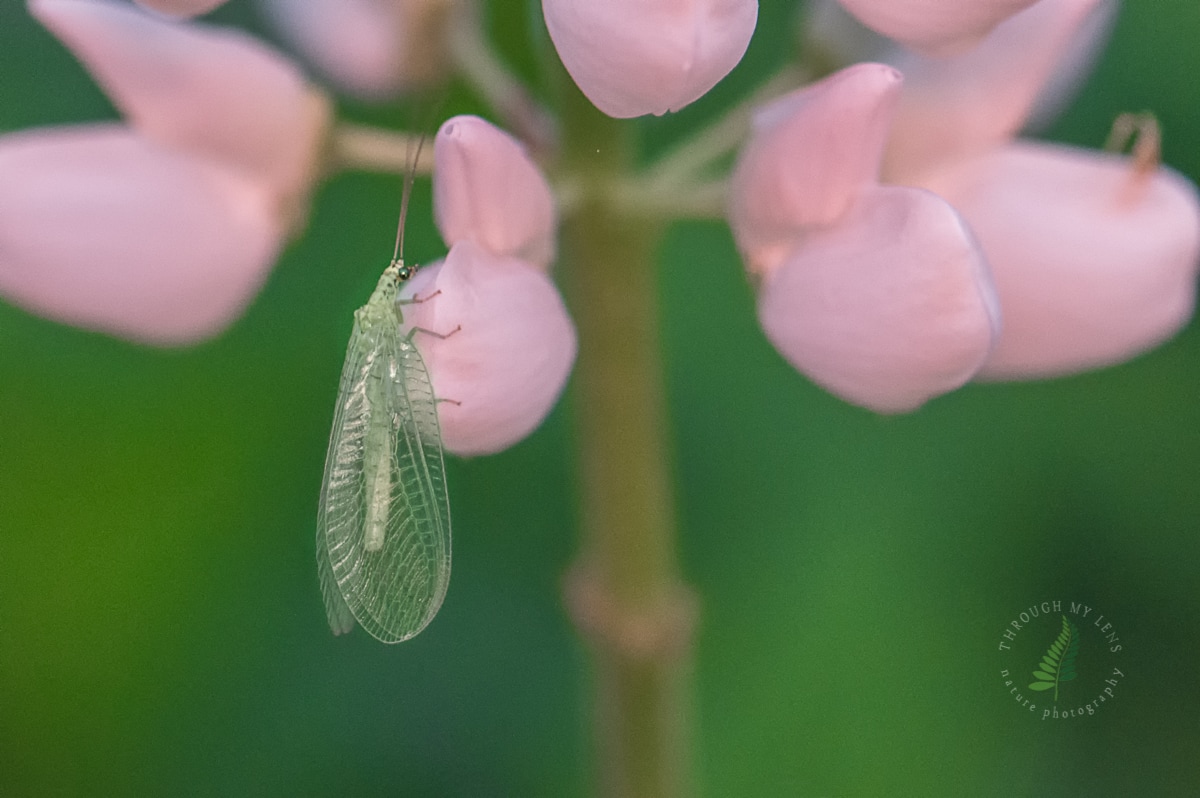- Home
- Garden Thyme Blog
- Themes
- Flowers
-
Veggies
-
Warm Season Vegetables
>
- About Beans >
- About Corn >
- Cucumbers >
- Melons
- Peppers >
- Squash >
-
Tomatoes
>
- How to Harden Off Tomato Plants
- How (and when) to Prune Tomatoes
- Magnesium Sulfate (Epsom Salt) for Tomatoes
- Blossom End Rot in Tomatoes
- Growing Cherry Tomatoes in Hanging Baskets
- 4 Best Tomatoes for Short Seasons - Early Tomatoes
- 5 Early Maturing Tomatoes for Short Season Gardening
- How to Ripen Green Tomatoes
- How to Make Sun-Dried Tomatoes at Home
- How to Grow a Pomato Plant
-
Cool Season Vegetables
>
-
Warm Season Vegetables
>
- Herbs
- Gardening Basics
- Garden Pests
- Birds
- Fiddleheads and Fairies
- About Us
- Contact Us
- How to Marinate Roasted Vegetables
|
The flowers of the bunchberry plant (Cornus canadensis) look remarkably similar to dogwood blooms for a very good reason. Bunchberries are also known as dwarf dogwood and belong to the same family. These hardy wildflowers grow in shady or semi-shaded areas, usually under deciduous trees. They prefer slightly moist, acidic soil. They bloom in late spring, typically around the first of June in central Maine. While these flowers look like simple four-petaled flowers, looks can be deceiving. The white petals aren't actually petals at all. They are bracts. Bracts are modified leaves that rest just below the flower on a plant. While bracts are typically green and look like a leaf (although their shape is usually different from the other leaves on the plant), Some plants produce bracts that look more like petals to attract insect pollinators. The true flowers of the bunchberry plant are in the center of the bracts. There are 20 to 50 flowers ranging from green to white in the center of the four white bracts. When pollinated, the tiny center flowers each produce a berry forming a cluster of berries lending it the name bunchberry. The berries ripen to a bright orange-red by August and can be found well into the fall, if birds do not eat them.
4 Comments
The Blue-Bead Lily (Clintonia spp.) is a rather unassuming flower that is easily overlooked in the spring. The greenish-yellow blooms form in clusters held above the ground on slender 4 to 15 inch stalks. They are considered a boreal or woodland wildflower and grow under hardwood. It often co-exists with hobblebush, striped maple and red trillium. Foliage consists of several large basal leaves that resemble the leaves of lady's slippers. These flowers are often found growing in areas where trillium and jack in the pulpit grow, typically in sunny areas near the edges of wooded areas. They can also be found along roadsides in early spring. At first glance the Blue-Bead Lily may be mistaken for the trout lily, but blooms are smaller and lack speckling. In the late summer and fall the Blue-Bead Lily produces clusters of bright blue berries that brighten the landscape. These showy berries make up for any lack the spring flowers exhibit.
The lowly Colt's Foot (Tussilago farfara) flower is often overlooked as it grows in early spring along roadsides and ditches. From a distance it looks like a dandelion, but when you take a closeup look at this flower, you will be amazed by it's beauty. Colt's Foot is a composite flower, which means what we commonly call the flower or bloom is really made up of hundreds of tiny flowers. Ray flowers (that look like petals) make up the outer rim of the flower, while the center eye of the flower contains hundreds of complete flowers. When the Colt's Foot flower first opens, you will see tiny yellow buds in the center, but within a day or two the tiny buds open to reveal miniature flowers that remind me of daffodils.
Colt's Foot flowers provide nectar and pollen to hungry bees and flying insects in the spring before many other flowers have bloomed. Every year I hear people talking about finding tiger lilies along the roadside, but what they are really referring to are orange ditch lilies. While they both grow in similar locations and are both orange, they are distinctly different flowers. The tiger lily (Lilium lancifolium and Lilium tigrinum) produces clusters of bright-orange blooms speckled with black or crimson dots. The bloom faces downward with its petals folding backward to expose the center of the flower. Tiger lily blooms are long-lasting. Foliage lines the stem of the flowers. Tiger lilies reproduce via underground bulbs. The orange ditch lily (Hemerocallis fulva) produces bold, orange blooms atop a slender stem. Although there are several buds atop each stem, each opens for only one day. As the petals shrivel and fall from the plant, a new bloom opens to take it's place. Foliage is grass-like and separate from the flower stem. Orange ditch lilies do not have spots. Ditch lilies have tuberous roots. Tiger Lilies and Orange Ditch Lilies are both attractive flowers that can be found growing wild along roadsides in early to midsummer.
New England Asters (Symphyotrichum novaeangliae) can be found throughout Maine and other New England states, but they are not exclusive to New England. These hardy wildflowers also grow across much of the continental United States. Blooming in late summer or early fall, they continue to bloom until a hard frost in late fall. New England Asters blanket roadsides, ditches and other open areas, creating vibrant color after many of the native flowers have faded. Color ranges from purple-blue to lavender and pink. They are often found in clusters and may have several variations of color within the cluster as the plants self-seed readily and frequently grow close together. They may reach heights of six feet, but most are three to four feet high. Legend of New England AstersAccording to Greek legend, the aster originated from the tears of the goddess Astraea. When the Greek god Jupiter decided to flood the earth to stop men from warring, Astraea was so distraught she asked to be turned into a star. But, her lofty position as a star did not spare her despair. When the flood waters receded, Astraea was overcome with sorrow for the loss of lives and began to cry. Her tears magically transformed to stardust and fell to the earth. The lovely aster flower sprung forth where her tears dampened the earth. New England Asters Are a Valuable Food Source for PollinatorsThese flowers are valuable to pollinators as they provide nectar for bees and flying insects in the fall when there is little available from other flowers. A cluster of New England Asters is typically abuzz with activity from bees, butterflies and other flying insects. Growing AstersWhile you can purchase cultivated New England Asters from seed companies and nurseries, you can also dig up wild asters for your garden bed or to plant along fences or the edges of your property. If you choose to dig up asters, make sure you ask the property owner for permission.
I'll be honest with you. I've seen plenty of ads for hydroponic systems that claim your pants will grow 5 times faster than they do in soil, but I really didn't believe it. My daughter gave me an Aerogarden for my birthday and although I can't say for certain the plants grow 5 times faster in the hydroponic unit compared to soil, I can tell you that I am impressed with their growth. For my first attempt, I decided to start two Early Girl tomatoes, two Takii's Ace pepper plants and two strawberry plants. As you can see above, the tomatoes and peppers are doing great. The strawberries were slow to germinate and only one has survived. I can literally see growth every day. I intend to pot the tomato and pepper seedlings as soon as they outgrow the Aerogarden. In fact, the tomato plants are crowding out the peppers and strawberry already and will need to be moved soon. I'm not sure, yet, what I will start next. I'm thinking of trying some flowers for the flowerbed this summer, but then herbs would be nice, too. If you are limited on growing space or would like to grow flowers or herbs all year long, an Aerogarden or other hydroponic unit may be right for you. You can find them at your local home improvement or gardening center. Thanks for stopping by. Until next time . . . Happy Gardening! Areogarden Update!It has only been three days since my last photos, but the plants are growing so quickly I felt I had to document it. The biggest tomato plant is getting so big that it is beginning to block the light for my other plants. I am considering potting it in soil and taking a cutting from it to start another plant or two in the Aerogarden.
I intended to pot the tomato plants for the garden this summer anyway, but I had no idea they would outgrow the Aerogarden this quickly. Nearly everyone knows that dandelions are edible and that their nectar and pollen provides bees (and other insects) with one of the first foods in the spring. But those are not the only reasons to love these hardy weeds. According to folklore, the seed heads carry some magical properties, too. To learn more about the symbolism of the dandelion seeds, check out my blog post MACRO PHOTOGRAPHY - DANDELION SEED HEADS.
Until Next Time . . . HAPPY GARDENING! If you are from Maine, or visit the state often, I'm willing to bet you refer to this rose as a wild rose. I know I always have. That's why I was surprised recently when I did some research on wild roses. Check out my recent post Wild Rose vs Old Garden Rose to find out how to tell if a rose is really a wild rose or simply one that has survived for years after it has been abandoned.
Until Next Time . . . HAPPY GARDENING! I posted this photo of a delightful Siberian Iris recently on my photography site and thought you might enjoy it. Check out the blog post Siberian Iris - Macrophotography for more information about the Siberian Iris, including a charming legend explaining how the Iris flower got its name.
Until next time . . . HAPPY GARDENING! You may have noticed that I have not updated this blog for quite some time. While there is a good reason for that, there really isn't any excuse. You see, I recently took up photography. My original intention was to use that photography for this site as most of my work is nature photography focusing in flowers, plants, insects and garden critters. However, I began posting the photos on my photography site and neglected this one. My post today may be of interest to you because it is about lacewings. To learn more about Lacewings and why they are beneficial to your garden, check out my blog post on my photography site.
|
For more nature photography, check out my photography site.
|
Copyright © 2014 Nannette Richford
- Home
- Garden Thyme Blog
- Themes
- Flowers
-
Veggies
-
Warm Season Vegetables
>
- About Beans >
- About Corn >
- Cucumbers >
- Melons
- Peppers >
- Squash >
-
Tomatoes
>
- How to Harden Off Tomato Plants
- How (and when) to Prune Tomatoes
- Magnesium Sulfate (Epsom Salt) for Tomatoes
- Blossom End Rot in Tomatoes
- Growing Cherry Tomatoes in Hanging Baskets
- 4 Best Tomatoes for Short Seasons - Early Tomatoes
- 5 Early Maturing Tomatoes for Short Season Gardening
- How to Ripen Green Tomatoes
- How to Make Sun-Dried Tomatoes at Home
- How to Grow a Pomato Plant
-
Cool Season Vegetables
>
-
Warm Season Vegetables
>
- Herbs
- Gardening Basics
- Garden Pests
- Birds
- Fiddleheads and Fairies
- About Us
- Contact Us
- How to Marinate Roasted Vegetables
